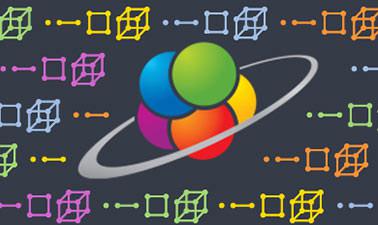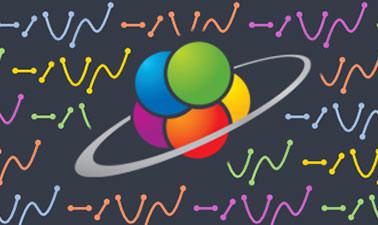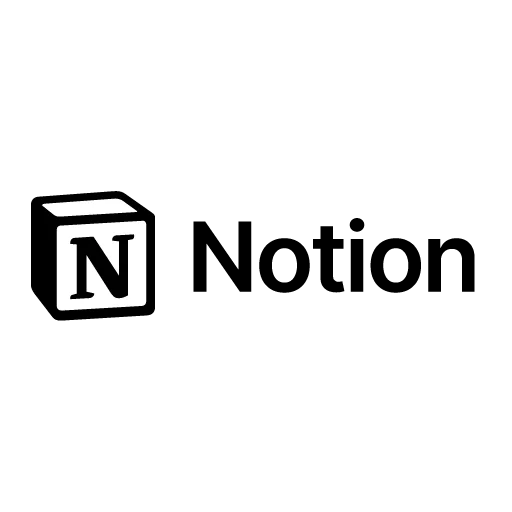The online geometric polygon simulations on this page will help you learn more about these important elements of mathematics. You will learn about the geometry of polygons and see some of the different shapes they can take.
What are geometric polygons
In geometry, a polygon is a plane geometric figure composed of a sequence of consecutive straight segments that enclose a region in the plane. The segments are the sides of the polygon called sides, and the points where they intersect are called vertices.
Regular and irregular geometric polygons
Geometric polygons can be regular or irregular. Regular geometric polygons are those in which all sides and angles are equal. Irregular geometric polygons have at least one side or angle that is not equal.
Elements of a geometric polygon
The geometry of polygons is determined by the following geometric elements, present in all polygons:
Sides. These are the segments that form the polygonal line.
Vertices. These are the points where the sides meet.
Angles. They are the regions of the plane that delimit two sides.
Diagonal. The straight line that joins two non-consecutive vertices.
Perimeter. Sum of the length of all the sides.
Area. The space occupied by the polygon in a plane.
In addition, in a regular polygon, there are the following additional elements:
Center. Point from which all angles and sides are at the same distance.
Radius. The segment joining the center of the polygon with any of its vertices.
Apothem. Segment joining the center of the polygon with the center of any of its sides.
Classification of geometric polygons
Geometric polygons can be classified according to different criteria. Two of the most common is to classify them by their number of sides and by their angles.
According to their sides they are classified as follows:
Triangle, 3 sides. Quadrilateral, 4 sides. Pentagon, 5 sides. Hexagon, 6 sides. Heptagon, 7 sides. Octagon, 8 sides. And so on.
According to their angles:
Concave polygons. They have an angle that measures more than 180°.
Convex polygons. All angles measure less than 180°.
The online geometric polygon simulations below are an exceptional tool for discovering the secrets of polygons and advancing your knowledge of geometry.
Explore the exciting STEM world with our free, online, simulations and accompanying companion courses! With them you'll be able to experience and learn hands-on. Take this opportunity to immerse yourself in virtual experiences while advancing your education - awaken your scientific curiosity and discover all that the STEM world has to offer!
Geometric polygon simulations
- Quadrilaterals I
- Quadrilaterals II
- Angles
- Circumference
- Wheel
Quadrilateral and triangle
A quadrilateral is a four-sided polygon. A triangle is a 3-sided polygon. This simulation allows you to visualize different types of triangles and quadrilaterals. Select the type you are interested in and drag the red dots to change its shape.
Types of quadrilaterals
In this simulation you can move the vertices to form different types of quadrilaterals. Note the names they have according to the arrangement of vertices and sides.
File
External angles
Check with this simulation what happens to the exterior angles of a polygon if we change the number of sides and observe that they always add up to 360º. Can you explain why?
Polygon inscribed and circumscribed to a circumference
Observe with this simulation how the perimeters of an inscribed polygon and a polygon circumscribed to a circle change. What is the best approximation of the value of the circumference? And the average of both?
Polygonal wheel
Can a non-circular wheel roll? This simulation shows you that a non-circular wheel can roll if the ground has a suitable shape. See how the ground changes as the number of sides of the polygon increases.
Giants of science
“If I have seen further, it is by standing on the shoulders of giants”
Isaac Newton

Evangelista Torricelli
–

Henri Poincaré
–
Become a giant


计算几何 | Computational Geometry



Introduction to Geometry



Computer Graphics



Introduction to Algebra



Polynomials, Functions and Graphs



How to Learn Math: For Students



MathTrackX: Special Functions
































